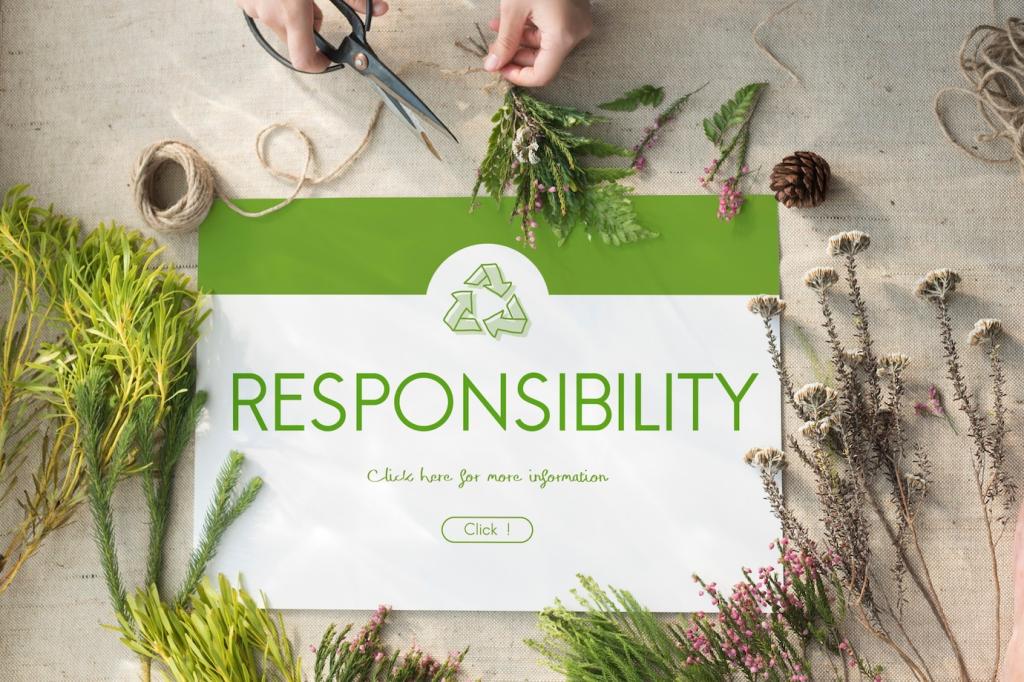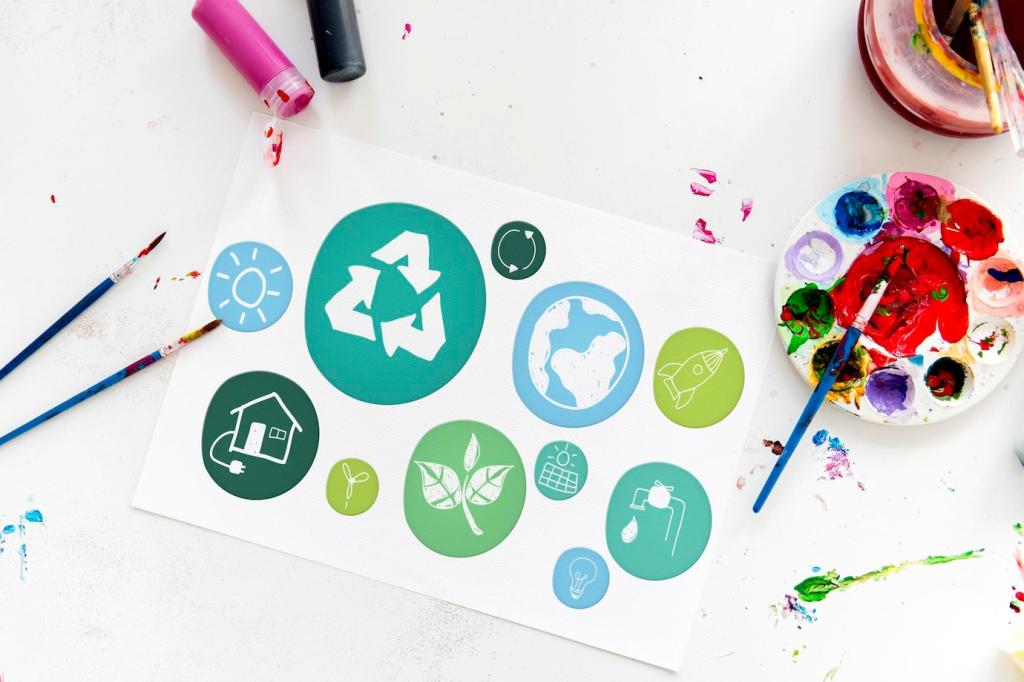Style Through Story: Beauty of Reclaimed and Recycled
A designer once salvaged gym floorboards, preserving faint court lines. The living room gained a subtle stripe and a grin from every guest who noticed. Reclaimed wood’s knots, nail holes, and warmth are not flaws—they’re the narrative threads that make a home feel lived-in.
Style Through Story: Beauty of Reclaimed and Recycled
Recycled glass counters and terrazzo shimmer with flecks of blue and amber, catching the light like coastal water. One homeowner turned saved bottles from family celebrations into a backsplash—a mosaic of memories. Considering similar sparkle? Ask below, and we’ll share grout tips that keep colors crisp.





